ETH News
All stories that have been tagged with Earthquakes
Storing CO2 underground in Switzerland
News
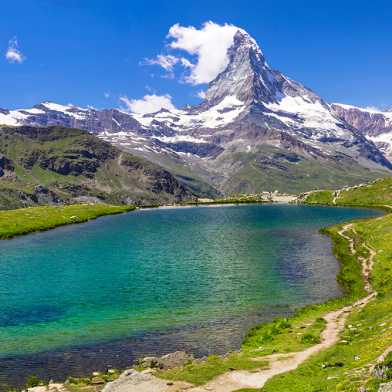
For Switzerland to achieve its net zero climate target, not only must it reduce its CO2 emissions, it must also find a way to store the greenhouse gas permanently. Researchers at ETH Zurich have investigated whether, and under what conditions, CO2 could be stored underground in Switzerland.
Sunken worlds under the Pacific?
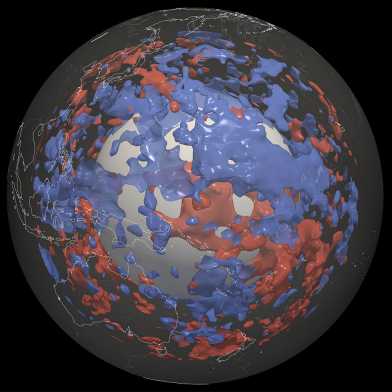
Geophysicists at ETH Zurich are using models of the lower mantle to identify areas where earthquake waves behave differently than previously assumed. This indicates the presence of zones of rocks that are colder, or have a different composition, than the surrounding rocks. This finding challenges our current understanding of the Earth's plate tectonics – and presents the researchers with a major mystery.
"I’m fascinated by how modern technologies can help us reveal the inner workings of our planet"
- Globe magazine
- Homehero
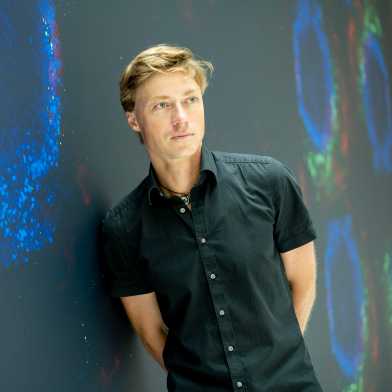
Seismologist Andreas Fichtner uses the newest technologies to explore the interior of the Earth. His research with seismic waves has also found applicability in the field of medicine.
Measuring earthquakes and tsunamis with fibre-optic networks
News

Geophysicists at ETH Zurich have shown that every single wave of a magnitude 3.9 earthquake registers in the noise suppression system of fibre-optic networks. This method can be used to set up close-meshed earthquake and tsunami early warning systems at low cost.
A change of perspective caused a sensation
News

Using applied mathematics, Yunan Yang finds solutions to the inverse problems that arise in seismology, weather forecasts, and machine learning. The key to her success is something called optimal transport.
Martian crust like heavy armour
News
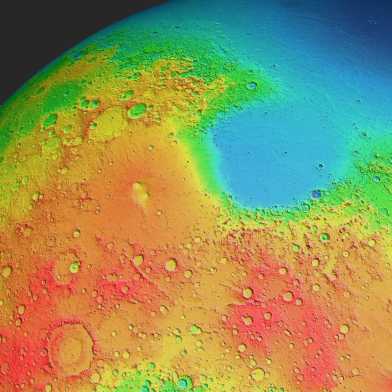
A strong quake in the last year of the NASA Mars InSight mission, enabled researchers at ETH Zurich to determine the global thickness and density of the planet's crust. On average, the Martian crust is much thicker than the Earth’s or the Moon’s crust, and the planet’s main source of heat is radioactive.
Stefan Wiemer on earthquakes
- News
- Homepage
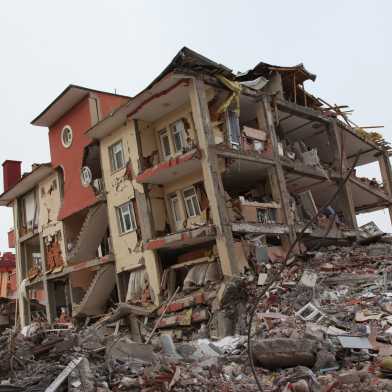
In the video series "Ask the Expert", experts from ETH Zurich answer questions from the community. In this edition, Stefan Wiemer provides information on the topic of earthquakes.
"Earthquake in Turkey was an earthquake doublet"
- News
- Homepage

ETH Zurich researcher Luca Dal Zilio offers an insightful summary of the recent earthquakes in Turkey and Syria, shedding light on the complex nature of this event. He discusses the lessons that can be drawn from it to better understand and prepare for future seismic occurrences in the region.
Knowing where earthquakes will cause damage
- News
- Homepage

The Swiss Seismological Service at ETH Zurich has just introduced the first seismic risk model for Switzerland. It shows the potential impact of earthquakes on people and buildings in the country.
What seismic waves reveal about the Martian crust
News
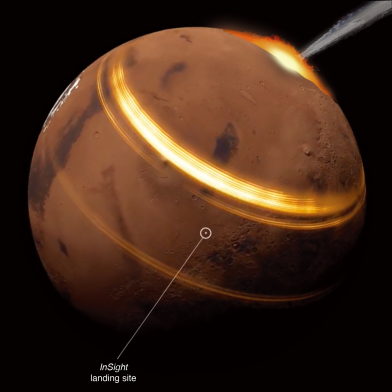
Following two large meteorite impacts on Mars, researchers have observed, for the first time, seismic waves propagating along the surface of a planet other than Earth. The data from the marsquakes was recorded by NASA’s InSight lander and analysed at ETH Zurich in collaboration with the InSight Science Team. It provides new insights into the structure of the Martian crust.
Magma on Mars likely
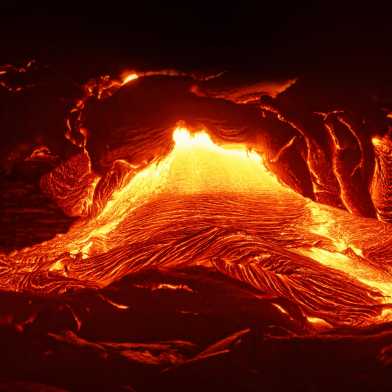
Until now, Mars has been generally considered a geologically dead planet. An international team of researchers led by ETH Zurich now reports that seismic signals indicate vulcanism still plays an active role in shaping the Martian surface.
“It was true detective work!”
News

The InSight mission on Mars is running out of power and most of its functions could be shut down in the months to come. Some have already been deactivated. However, the attached seismometer, SEIS, will remain in operation for as long as possible. ETH Professor Domenico Giardini takes stock of three years of marsquake measurements.
New earthquake assessments strengthen preparedness in Europe
News
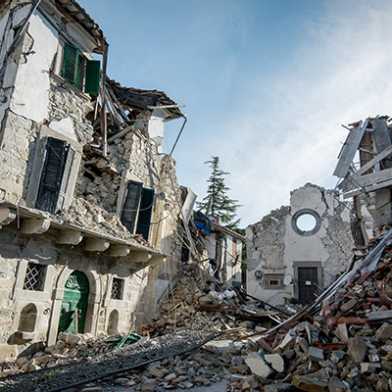
European scientists with the participation of the Swiss Seismological Service at ETH Zurich have published an updated earthquake hazard map and, for the first time, an earthquake risk map for Europe. Switzerland will follow suit next year with a higher resolution national risk map.
Underground entrepreneur
News
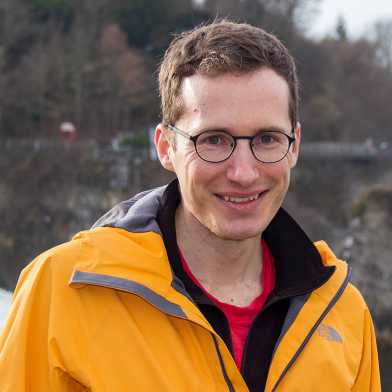
Geophysicist Mauro Häusler is a Pioneer Fellow at ETH Zurich. He uses a seismic method to investigate rock instabilities and wants to establish himself as a service provider in the geoengineering industry.
Swaying mountains
News
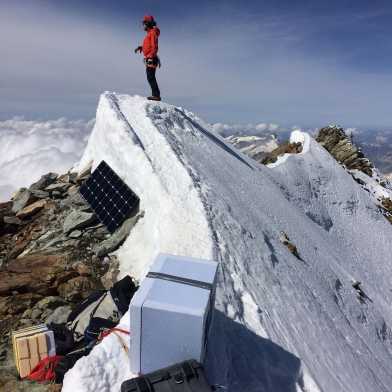
Like bridges and tall buildings, large mountains are constantly vibrating, excited by seismic energy form the Earth. An international team of researchers has now been able to measure the resonant swaying of the Matterhorn and make its motion visible using computer simulations.
Advancing to the core thanks to marsquakes
News
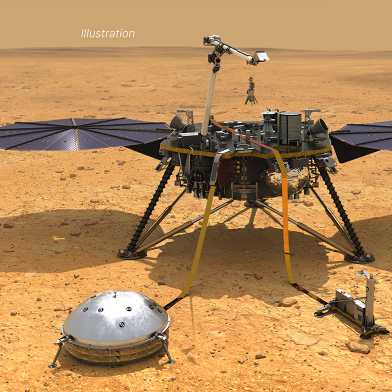
Researchers at ETH Zurich and the University of Zurich have been able to use seismic data to look inside Mars for the first time. Marsquakes recorded by NASA’s InSight lander provided information about the structure of the planet’s crust, mantle and core.
The anatomy of a planet
Press release
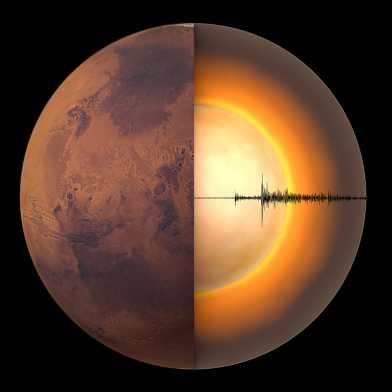
Researchers at ETH Zurich working together with an international team have been able to use seismic data to look inside Mars for the first time. They measured the crust, mantle and core and narrowed down their composition. The three resulting articles are being published together as a cover story in the journal Science.
Europe’s largest capacity research centrifuge
News
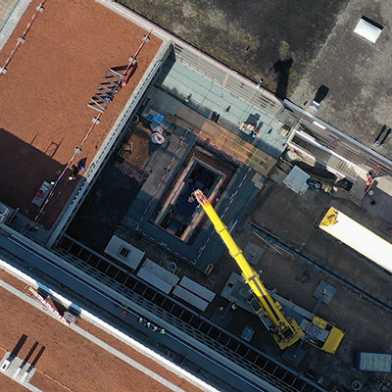
The most capable geotechnical research centrifuge in Europe is currently being built on the Hönggerberg campus. It will enable researchers to simulate geotechnical structures, such as foundations, dams and tunnels, and the effects of natural hazards, such as earthquakes, landslides, flooding and tsunamis. The centrifuge itself was installed on Wednesday with meticulous precision.
Detaching and uplifting, not bulldozing
News
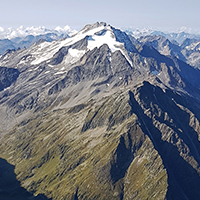
ETH researchers have used a computer model to test a new hypothesis about the formation of the Alps while simulating seismic activity in Switzerland. This will help improve current earthquake risk models.
Surprise on Mars
News
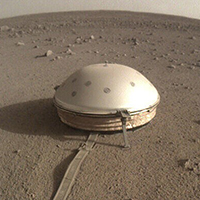
NASA’s InSight mission provides data from the surface of Mars. Its seismometer, equipped with electronics built at ETH Zurich, not only records marsquakes, but unexpectedly reacts to solar eclipses as well. When the Martian moon, Phobos moves directly in front of the sun, the instrument tips slightly to one side. This miniscule effect could aid researchers in determining the planet’s interior.
Lockdown reduces seismic noise worldwide
News
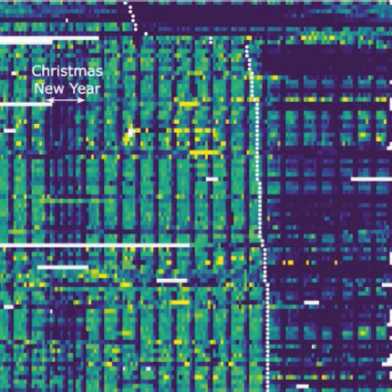
Research recently published in the journal “Science” has shown that lockdown measures to combat the spread of COVID-19 lead to a 50% reduction in seismic noise observed around the world in early to mid-2020.
Making geothermal energy safer through simulation
News
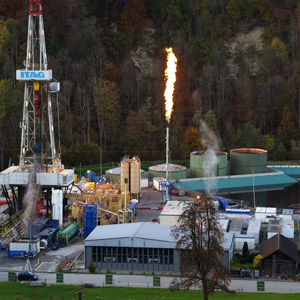
Researchers from the Swiss Seismological Service SED and ETH Zurich are working with the Swiss National Supercomputing Centre CSCS and the Università della Svizzera italiana USI to develop a way of utilising geothermal energy safely with the help of supercomputers.
First global map of rockfalls on the Moon
News
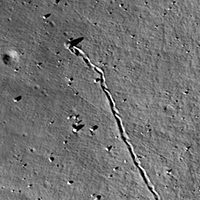
A research team from ETH Zurich and the Max Planck Institute for Solar System Research in Göttingen counted over 136,000 rockfalls on the moon caused by asteroid impacts. Even billions of years old landscapes are still changing.